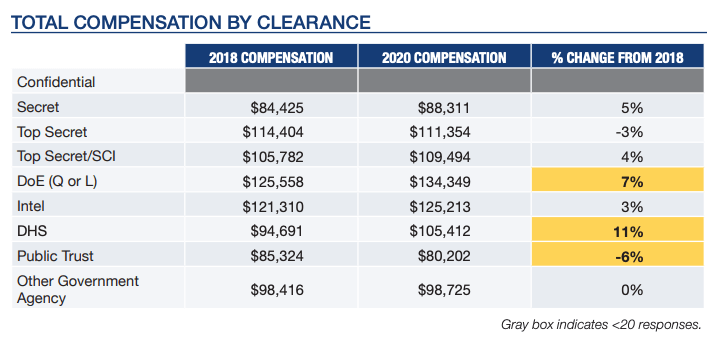While California may be best known for its acting skills, it also churns out innovation and advancement. California is a prime spot for defense industry candidates to land as some of the most highly-paid professionals in the state, with an average total compensation of $10,000 more than the rest of the U.S. at $99,743. California employers know that happy employees are well-compensated employees. While the cost of living may not be the driving factor for talent to stay within the state borders, quality of life is a force in attracting talent to California. From the redwood forests of Northern California to 840 miles of coastline, California offers both compensation and a lifestyle.
And while technology investment has spread across the country, the Silicon Valley advantage still exists. When it comes to doing cutting-edge work and getting paid well to do it, California is still king. Companies like L3Harris have found ways to work with state officials to cut costs in order to stay within California, close to the talent. The state boasts nearly 8 million jobs that support the national security industry. With the country’s highest number of engineers, three NASA research centers, and two out of the top three universities for aerospace engineering, California is dedicated to making an impact.
Compensation by Clearance Level
While a small percentage of respondents support the Department of Homeland Security, compensation for DHS cleared workers increased 11% since 2018, for average compensation of $105,412. The majority of California respondents hold a Secret clearance, with average compensation of $88,311. The real salary winners are Department of Energy and Intel clearance holders. Intel’s workers had an average salary of $125,213, and Energy’s workers had an average salary of $134,349.
Compensation by Career Level
California tracks with the rest of the country by increasing the compensation of its workforce based on experience. However, California is even more willing to pay its cleared workforce for their years of experience. While California tracks with the rest of the U.S. for entry and early-career professionals, with marginal increases, when cleared respondents reach the 10-year mark, California offers $6,301 more. This theme continues all the way up to the executive level, with a $14,073 difference between California and the rest of the U.S. When it comes to experience, California is willing and ready to compensate its cleared workforce. The demand to push pay upward likely coincides with the need for more money to afford California’s higher cost of living—particularly for experienced professionals who are ready to buy homes and raise a family. For California professionals who reach the executive mark, compensation is nearly three times higher than what professionals make in their first years on the job.
Emphasis on Risk Taking and Innovation in California
“California has been at the forefront of the aerospace industry for more than a century; through all the major innovations in aerospace from wooden aircraft to World War II bombers to rockets and Mars rovers,” Eleni Kounalakis, lieutenant governor of California said.
Risk-taking and forward-thinking often describe the California culture. That culture dates back to early aviators like Los Angeles resident Amelia Earhart. Not every risk ends in triumph. But companies in California demonstrate a willingness to push the boundaries, acquire risk, and aim for forward progress. With the takeoff of the aerospace industry once again in Southern California and 32 military bases within its borders, the hub of innovation grows again with both startup companies and historic defense contractors.
“California has always had strong innovation ecosystem and robust infrastructure,” Kounalakis said. “A big part of that infrastructure is a skilled workforce. And at the foundation of a skilled workforce is education.”
This survey was administered online between October 18, 2019 and February 3, 2020. Participants had to have a current, active federal security clearance and be currently employed to be included in the results, which included 24,249 usable responses.






